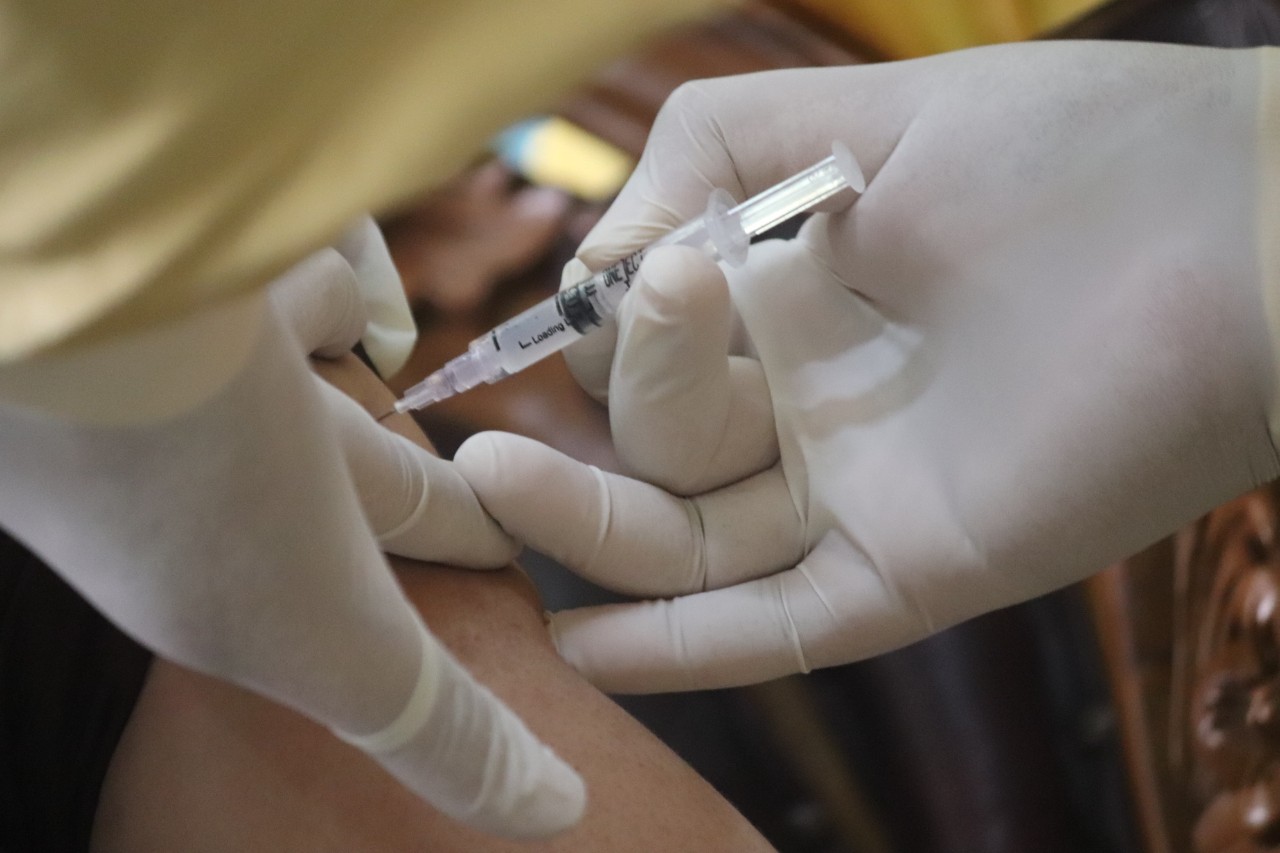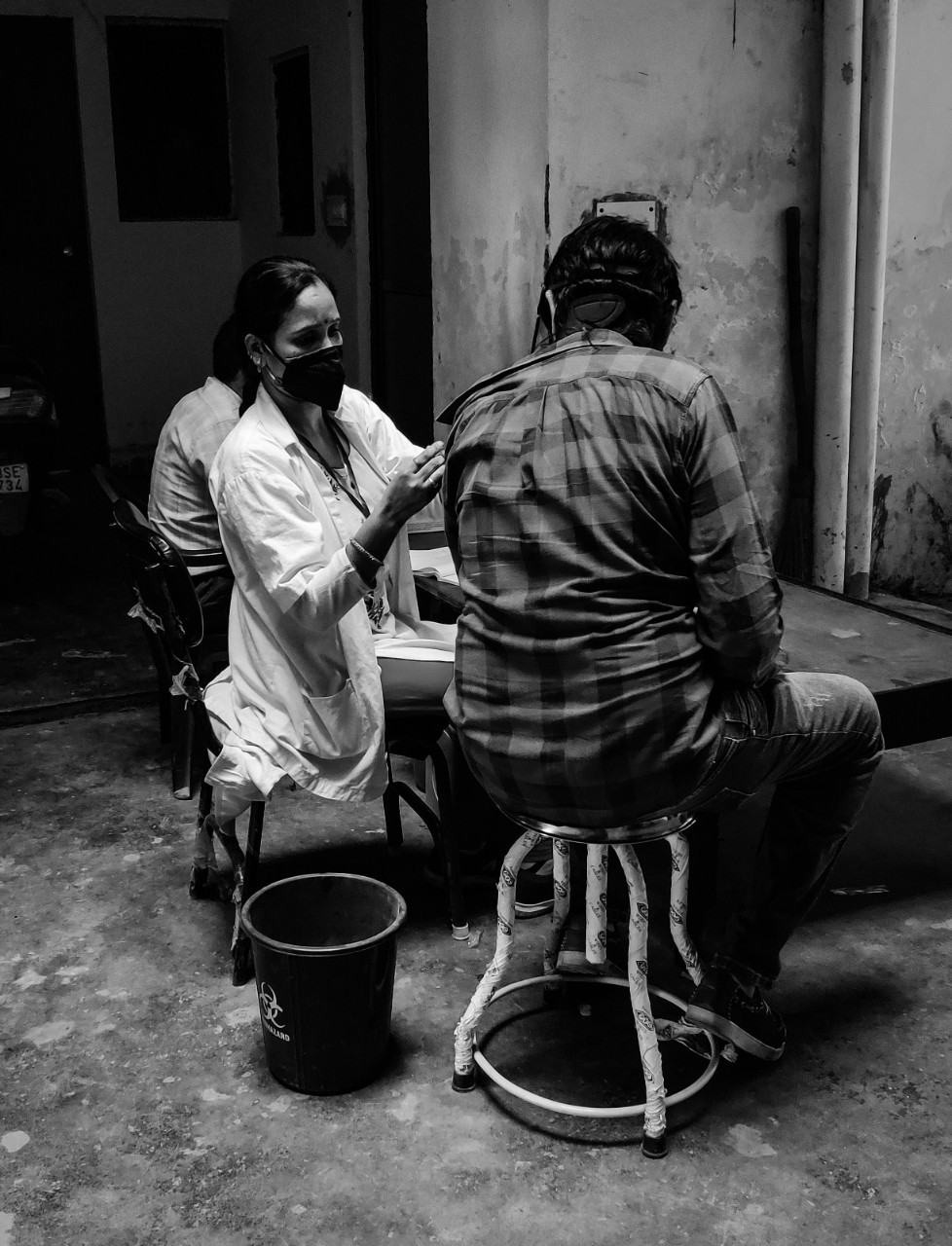Rich and poor. Haves and have-nots. Inequality has existed since the beginning of time— but it’s been reinvented on a much larger scale amidst the COVID-19 pandemic. This has hindered health worldwide, and the economy has taken a hit. Bombarded with news of sickness and death everyday, the future seems bleak—especially for those in developing countries.
But what if I told you that, in spite of all the chaos and imbalance, there is a way to solve the issue of vaccine inequality? It’s an easier and quicker solution than you may think: by having all countries join forces and invest in better systems, we could not only help those in need, but help everyone, everywhere. By using hard data—and walking the talk on international collaboration—we can wave this pandemic goodbye.
We’re all suffering through the effects of this epidemic, be it biologically, economically, or emotionally. According to Galit Alter, professor of medicine at Harvard Medical School, vaccines are effective enough to get us through the end lines, in spite of the existence of mutations. This means that, for this pandemic to come to an end, everyone needs to be vaccinated against the virus.
In a globalized world, where another country is only a plane trip away and it’s near impossible to curb cross-border transmission. It is only logical then, to conclude that we won't be truly safe until everyone is immune. We assumed the hardest challenge to face was finding a vaccine. Turns out that that was far from the biggest hill humanity had to climb: now that we have the vaccine, we have to get it to people.

The initial solution for the pandemic
When the pandemic started, rich countries led the effort to get ahead of the virus, which, in turn, shaped global policy. To prevent stockpiling by developed countries and guarantee the world’s poor access to vaccines, the WHO, Gavi and CEPI joined forces to establish COVID-19 Vaccines Global Access Facility (COVAX).
COVAX focused on speeding up vaccine development and making sure that all countries had access to them in the fairest of ways: developed countries would pay for their doses, and developing countries would receive theirs for free.
On top of that, they also decided to split the process into two phases to be more efficient. The first phase would have all participating countries vaccinating high-risk populations. From there, phase two would deliver vaccines to specific countries according to how dire their situation was. It was the perfect scenario, but as with everything involving political interests, things didn’t go as planned.
Flaws in the design
In spite of all the planning, COVAX has remained underfunded. This means the facility has not been able to buy the amount of vaccines it needed to cover all developing countries free of charge. Member nations were allowed to buy directly from pharmaceutical companies and laid claim to the majority of vaccine doses through underhand bilateral deals.
According to Ingrid Katz, an associate director at Harvard Global Health Institute, as of now, “about 75% of the vaccines have gone to only 10 countries globally”. This caused a bottleneck issue, where there’s not enough supply to match the demand.
Vaccine apartheid, as it is being called by some, means that the majority of the world will only be able to get vaccinated sometime next year, or in some cases, a few years down the line. As if this wasn’t bad enough, there’s another major obstacle in the way of equal access to vaccines: the Trade-Related Aspects of Intellectual Property Rights agreement.
TRIPS, for short, gives the pharmaceutical industry patent protections that run for several years. This allows companies to make an exorbitant profit on much needed drugs, resulting in expensive prices, which particularly affects lower-income countries. The one provision that would override patents is unfortunately not being used in developing countries. Governments fear legal challenges from powerful multinationals with deep pockets.
The reason for vaccine inequality can all be summarized in two simple points:
- Unfair vaccine grab by developed countries
- Prevention of vaccine production because of the protection of unfair patent rights by governments.
These two combined have made it much harder for countries without a higher economic power to fight against the virus.

India’s crisis: a case study
Among the developing countries, India has stood out during the crisis. Due to its vast number of vaccine companies, and long history of successful inoculation drives, the country was expected to curb the pandemic—and it appeared to be weathering the crisis well compared to other nations. Unfortunately, that changed quickly. Attempts made by the government to push certain vaccines backfired, as safety concerns grew, reducing public trust. As a result, parts of the population refused to be vaccinated, decreasing its general effectiveness. Adding to this, India suffered distribution issues.
India’s transmission rate is now considered a global threat. At the time of writing, it accounts for about one in three of all new cases, including some of the first mutations of the virus. The monumental surge in cases is not being followed by proper inoculation. According to Our World in Data, a little over 10% of the population has had at least one dose and only about 3% is fully vaccinated.
Much of the population are enduring the worst of conditions, without proper access to medical health, food, or even shelter. According to the census of 2011, about 1.77 million people are homeless in India, and among the chaos, are left neglected. The effects of this pandemic have been felt deeply by everyone, everywhere, but this is especially true for those living in the fringes of society.
The media gives us insights into the dire situation India finds itself in. Volunteering or donating is one way to help them overcome this dark moment in history—one that many of us will have experienced first hand. The other is through cross-governmental support. Only then can we give India the resources it needs to bounce back.

The real solution to the pandemic
The issues we face now are just a reinvented version of an old problem that humans can’t seem to solve. But in the current tale of inequality, COVID-19 rips through as the great equaliser, and we are all impacted. Until lower-income countries, the so-called "Global South", get vaccinated, the pandemic will continue on its path of destruction, sparing no one.
The warning is crystal clear: we can only win this fight when the pandemic is defeated everywhere. The delayed vaccination of people in developing countries increases the possibility of virus mutation, which then reduces our chances of controlling the pandemic.
The effects of prolonging the pandemic are so harmful that developed countries would benefit even if they paid for the entire global population’s vaccines themselves. Considering the downsides of waiting for global vaccination in an unequal world, that seems like a small price to pay. Our lives hang in the balance.
Written by Rafaella Carvalho




